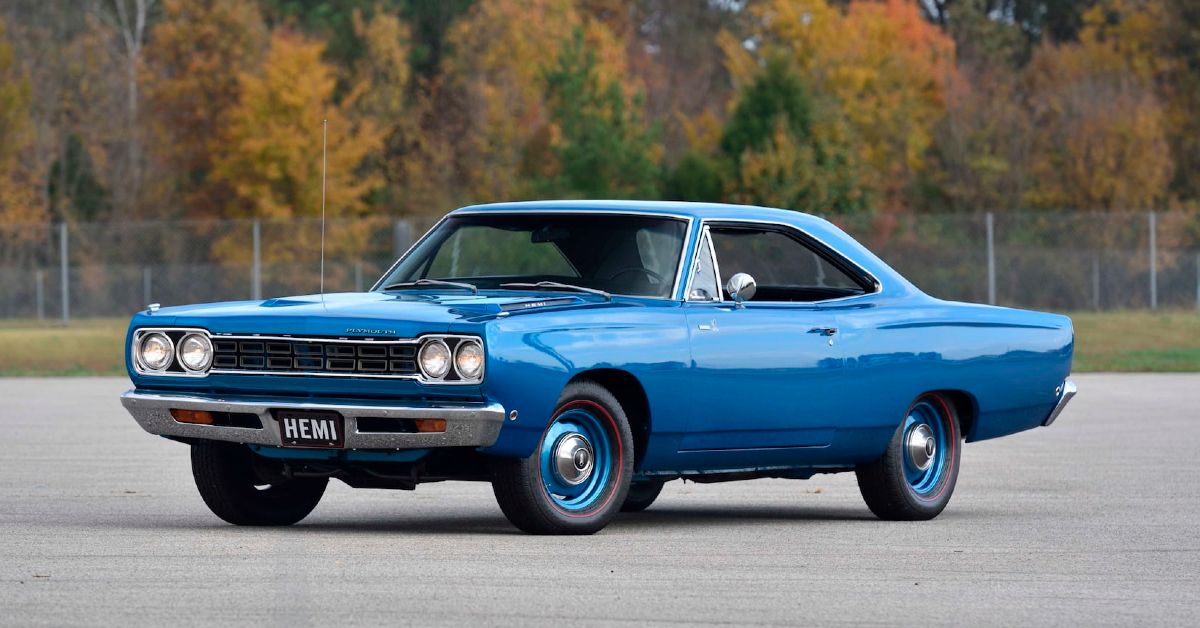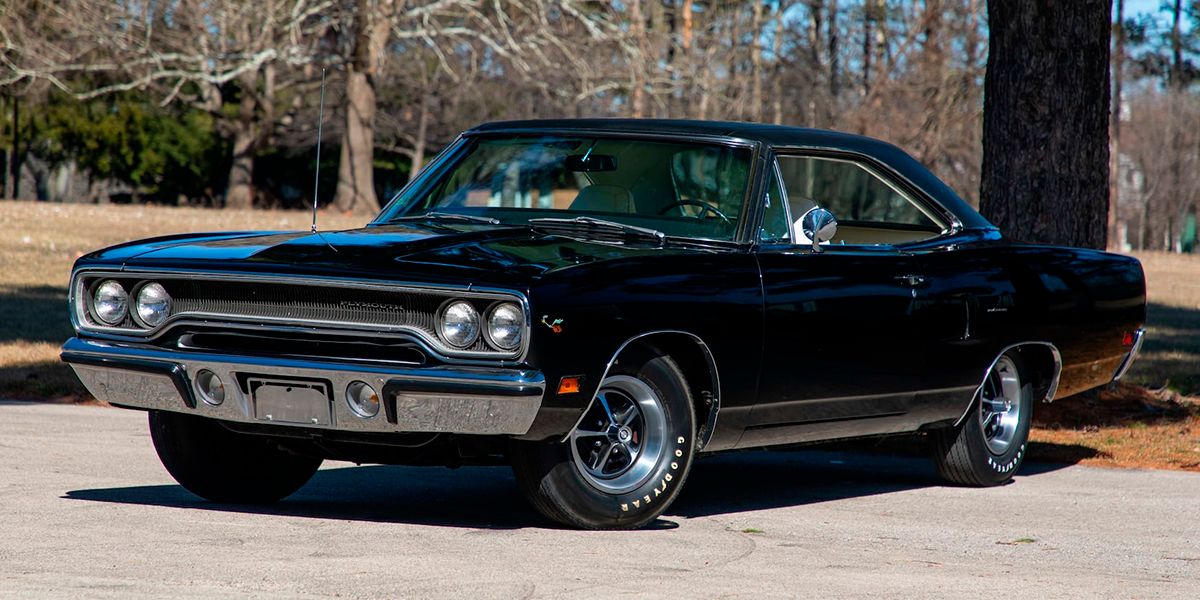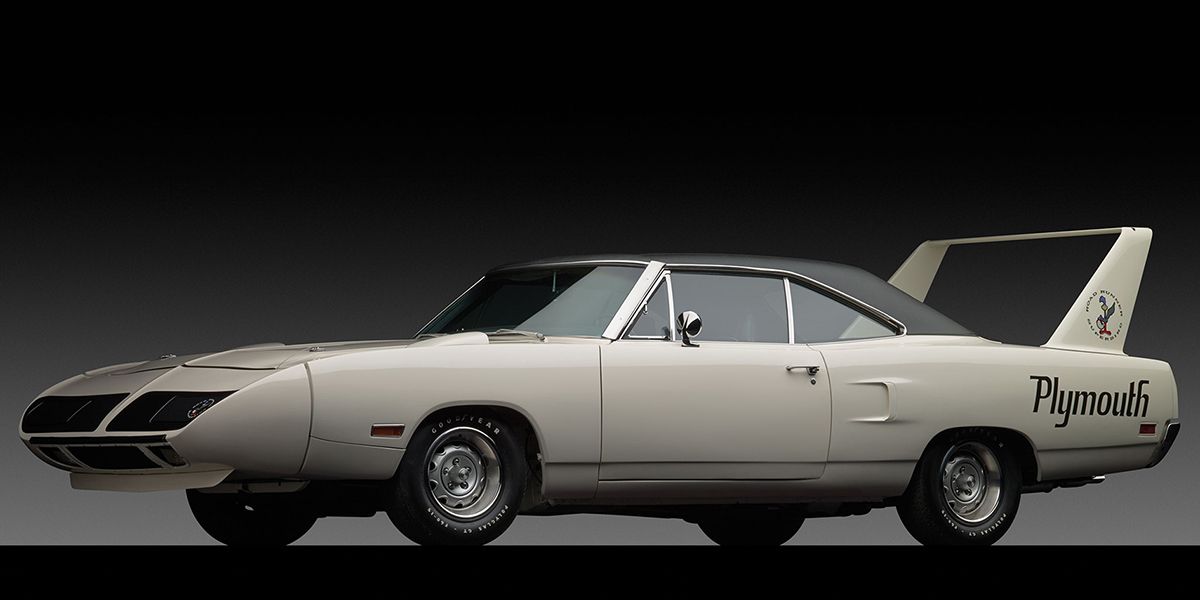The Plymouth Roadrunner, from Chrysler, made history in the late ‘60s, for more reasons than one. It was, undoubtedly, one of the fastest muscle cars ever produced, beating the other muscle cars from GM & Ford's stables. The Roadrunner also fit a lot better into the average pocket than did the other full-sized muscle cars that came filled to the brim with every possible amenity.
Plus, the Plymouth Roadrunner came with the legendary HEMI engine option. This was the same engine that took the Plymouth Hemi ‘Cuda to the great heights even if it was the Mustang that took away all the customers. A classic car, the Plymouth Roadrunner is not one of the most expensive out there, and the reasons still may be the same that made it one of the most affordable and best muscle cars out there: it was completely no frill.
So this is how much a 1970 Plymouth Roadrunner costs today, and why they are completely and unequivocally worth it.
A Game Changer
Why was the Plymouth Roadrunner so highly revered? Mostly, because it was a first in the American automobile industry. The Plymouth Roadrunner is one of the best cars, if not the best car Plymouth ever made. The reason is simple: The Roadrunner was as powerful as it could be and as light as Chrysler could make it, becoming one of the fastest things around.
The Roadrunner was based on the Plymouth Satellite and Belvedere, but priced cheaper and was also a lot lighter. Amenity wise, the Roadrunner had nothing. Other than not having a carpet, the Roadrunner also did not have any air-conditioning, trims, radio, or even cruise control. Both the front and back seats were bench to save on cost and weight. This is partly what attributed to the success of the Roadrunner, making it the cheapest and the fastest muscle car of its time.
The agility and cheapness of the Roadrunner also made it a favorite amongst the moonshiners of that time, simply because it became too fast for any police vehicle to catch up to it. While some bought the Roadrunner because they needed a fast vehicle, while others liked the idea of having a fast vehicle.
The Warner Bros Connect
There is the obvious Warner Bros association when you think of the Roadrunner, because of the Roadrunner cartoon bird that managed to give Wiley E Coyote the slip, every time. And the Plymouth Roadrunner not only featured the cartoon as its logo but according to Top Speed, Plymouth also paid Warner Bros a paltry sum of $50,000 for usage rights. The latter might have considered the price rip off considering the sheer success of the car down the yeats.
Along with the name and the logo, the Roadrunner also had the “meep-meep” horn, the same sound the Roadrunner cartoon made when it was racing down the road, leaving the hungry coyote biting the dust, and very literally at that.
Because that's what the Roadrunner did, leave every other muscle car biting the dust as it raced off into the horizon.
The 1970 Roadrunner
The 1970 Roadrunner proved to be the most special of all, because this year Chrysler's V8 ruled the roost, or rather, the horsepower wars.
The 6.20 liter V8 was a whopper because it came fitted with 440 camshaft, heads, and even manifold, taking performance to the next level, belching out 335 horses on paper. If you took the 440 4-barrel or six-pack cars, this turned up to 375 and 385 horses respectively. Finally, there was the 7.0-liter HEMI that made a massive 425 horses, and this was just the official rating.
The Air Grabber hood, operated by a lever inside the car fed air directly into the engine and made this car an utter beast on the road. This would turn off when the engine was turned off, to prevent any dust or foreign materials from entering the engine as well.
For 1970, there was also the all-new Plymouth Roadrunner Superbird, a car with a shape so aerodynamical, it could put airplanes to shame. The Superbird zipped 150mph top speed stock, and with just a few tweaks here and there, they could go an astonishing 180mph top speeds. Internally, Chrysler set a record of 200mph with one of them.
If all this has made you hungry for one of these classic beauties, a “fair” condition model, the kind that might need some sprucing up will fall in the $20,000-30,000 figure but a model in mint condition could go higher than $75,000, according to Hagerty.
Even today, a restored Plymouth Roadrunner is a head-turner. That said, a HEMI Roadrunner can easily cross the $100,000 mark, and why not, for 1969-1970, this is the fastest piece of history anyone can ever have.
Sources: TopSpeed, Hagerty, Allpar, HorsePowerMemories




